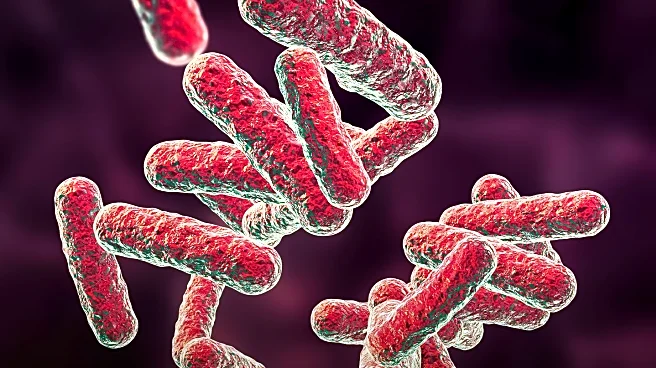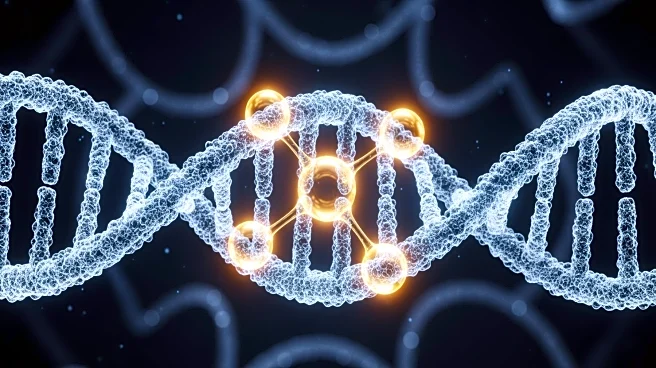What's Happening?
Recent research has utilized single-cell transcriptomics to explore the cellular evolution underlying pleomorphic adenoma (PA) recurrence and malignant transformation. The study analyzed 91,545 cells from various tumor samples, identifying seven main cell types, including epithelial cells, myeloid cells, and fibroblasts. The findings revealed distinct cellular compositions in different tumor types, with recurrent PA characterized by immune activation and carcinoma ex pleomorphic adenoma (CXPA) consisting mainly of tumor epithelial cells. The study highlighted the role of GALNT13-mediated aberrant glycosylation in malignancy, suggesting it disrupts cell polarity and adhesion, facilitating invasion. The research underscores the complexity of intratumor heterogeneity and the need for validated biomarkers to predict recurrence and malignancy.
Why It's Important?
Understanding the cellular mechanisms driving pleomorphic adenoma recurrence and malignant transformation is crucial for developing targeted therapies and improving patient outcomes. The identification of specific genomic drivers, such as GALNT13, offers potential pathways for therapeutic intervention. The study's insights into intratumor heterogeneity and immune activation could lead to more precise clinical management strategies. However, the lack of validated biomarkers remains a significant barrier, highlighting the need for further research to stratify recurrence and malignant risk effectively.
What's Next?
Future research may focus on developing and validating biomarkers capable of predicting pleomorphic adenoma recurrence and malignancy. Additionally, exploring therapeutic interventions targeting identified genomic drivers, such as GALNT13, could be a promising avenue. The study's findings may also prompt further investigation into the role of immune activation in tumor progression, potentially leading to novel immunotherapy approaches.
Beyond the Headlines
The study's exploration of cellular heterogeneity in pleomorphic adenomas may have broader implications for understanding tumor biology and developing personalized cancer treatments. The findings could contribute to a shift towards more individualized therapeutic strategies, considering the unique cellular composition and genomic drivers of each tumor.











